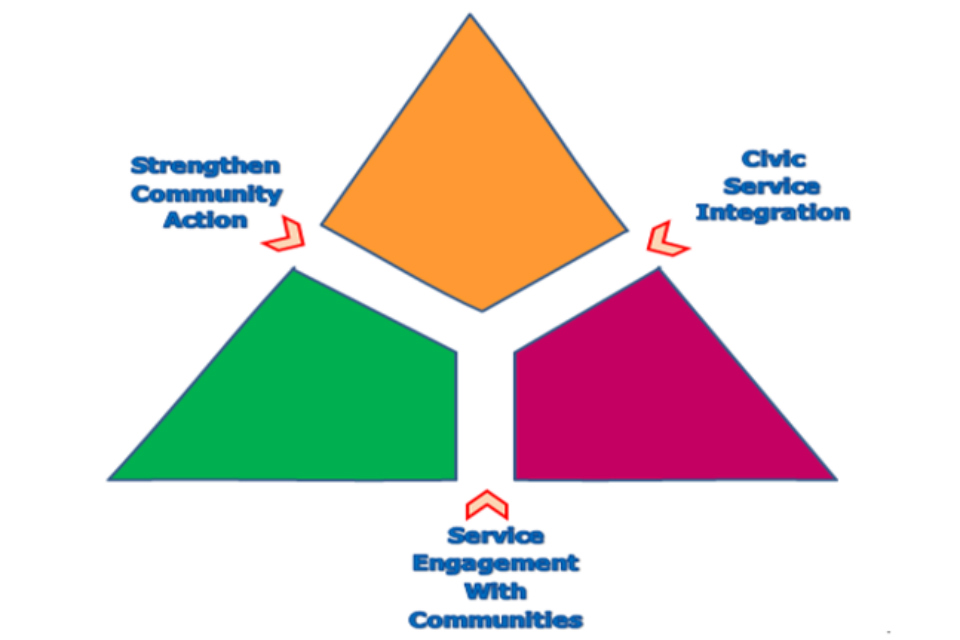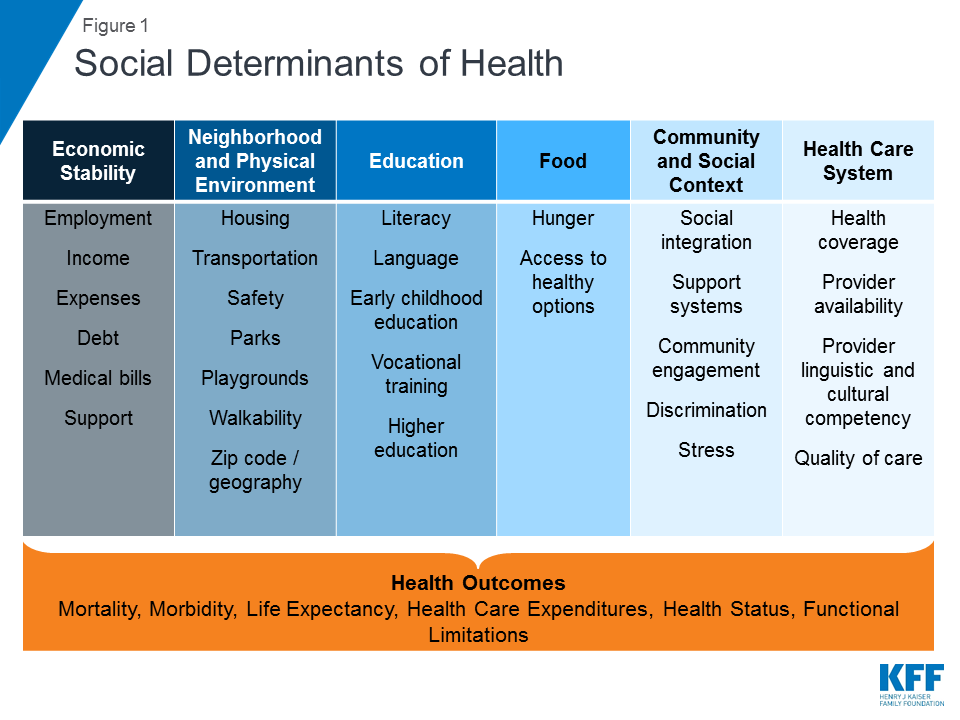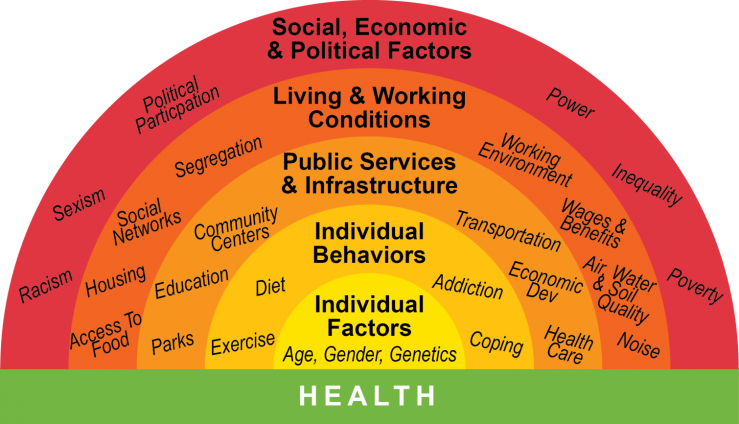
Explain The Factors Which Influence Policy Drivers In Health And Social Care. Successful change and improvement in social care depends on the participation of a wide range of people. Effective leadership is the single most important factor in achieving lasting improvement. Research, CSG will monitor the following 10 change drivers as they impact health care providers, patients and the policy-makers who work with them. These emerging patterns of change are reshaping health care and the future of how health care is paid for and received. Today’s successful state and local policy-makers must be able to respond. Identify factors that influence policy drivers 4.1??? Analyse emerging themes and trends that impact on management and leadership of health and social care and children or young people’s services??? In any health and social care setting communication is extremely important. The way we communicate with people depends on the situation and the.
heavymd.netlify.com › Factors That Influence Policy Drivers In Health And Social Care ► ►
Factors That Influence Policy Drivers In Health And Social Careers


Factors That Influence Policy Drivers In Health And Social Care Workers
The NHS Operating Framework introduced by the coalition government sets out the planning and financial requirements for RUHB in 2012/13 and the basis of their accountability (DH, 2012). As a result, the 2013 certified that funding for health in England be frozen for up 2015/16 thereby requiring RUBH to underspend allocated funding from the government such as putting a 1% cap on pay award. Socially, this will include factors such as behavior of staff and service users, partnership working, quality of care, etc. These factors can drive change in diverse ways in the RUHB. For example, the NICE Guidelines on Behavior Change make recommendations on individual level behavior interventions that is aimed at changing the behavior that can be dangerous to the health of staff and service users such as smoking, alcohol abuse, lack of physical activity, safe sex, etc. (NICE, 2014). Technologically, the introduction of information communication technology has resulted in faster communication, appropriate storing and sharing of information and records of service users between health and social care professionals. Jurnal bahasa indonesia pdf. As a result of the CQC inspection, the RUHB revises their health records management policy to more accurately reflect where information about service user such as fluid intake and output in each ward should be recorded (CQC Report, 2013)1.2 Assessing the challenges that key factors of change brings to health and


